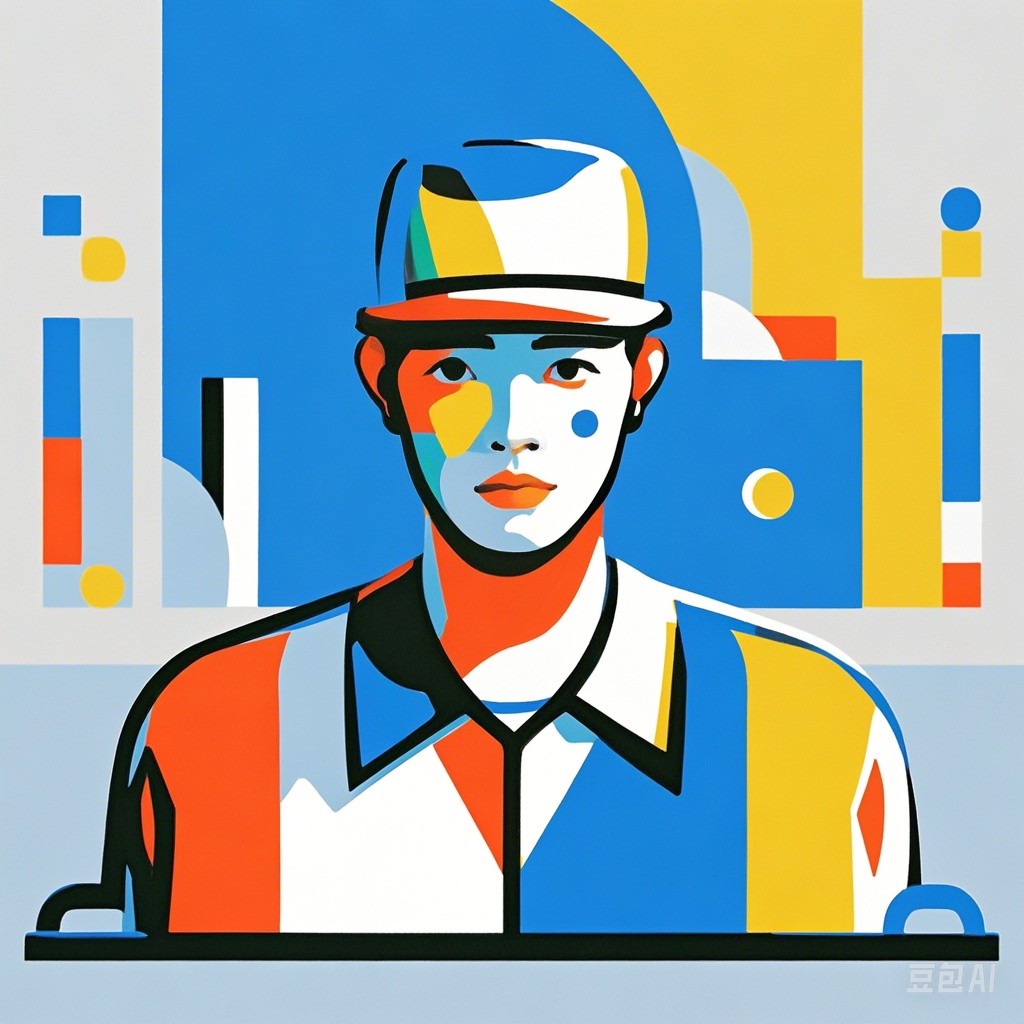In an era where health care is evolving to meet the multifaceted needs of individuals, the integration of relaxation and entertainment into health care practices is gaining significant attention. This article explores how the blend of relaxation and entertainment can revolutionize well-being, enhance patient experiences, and contribute to more effective health care delivery.
The Importance of Relaxation in Health Care
Stress Reduction
One of the primary benefits of incorporating relaxation techniques into health care is stress reduction. Chronic stress has been linked to a multitude of health issues, including cardiovascular diseases, depression, and weakened immune responses. Techniques such as deep breathing, meditation, and yoga can significantly lower stress levels, promoting overall well-being.
# Example: A simple Python script to guide deep breathing exercises
def deep_breathing():
"""
A script to guide deep breathing exercises.
"""
print("Begin by finding a comfortable and quiet place to sit or lie down.")
print("Close your eyes and take a moment to relax.")
for i in range(1, 4):
print(f"Inhale slowly through your nose for a count of {i}.")
time.sleep(i)
print("Hold your breath for a count of 4.")
time.sleep(4)
for i in range(1, 4):
print(f"Exhale slowly through your mouth for a count of {i}.")
time.sleep(i)
print("Repeat this cycle for 5 minutes.")
deep_breathing()
Improved Patient Outcomes
Relaxation techniques have been shown to improve patient outcomes in various medical conditions. For instance, they can help alleviate symptoms in patients with chronic pain, reduce the need for pain medication, and enhance recovery after surgery.
The Role of Entertainment in Health Care
Distraction and Comfort
Entertainment in health care settings serves as a powerful distraction tool. It can comfort patients, especially children, during procedures or long hospital stays. Programs like televisions, movies, and music can distract patients from pain or discomfort, making their experience more bearable.
Positive Patient Engagement
By incorporating entertainment, health care providers can engage patients more positively. This engagement can lead to better compliance with treatment plans and improved patient satisfaction.
Blending Relaxation and Entertainment
Coordinated Programs
Health care facilities can create coordinated programs that blend relaxation and entertainment. For example, a room with a calming environment might feature a virtual reality headset for relaxation and an iPad for entertainment, allowing patients to choose their preferred method of relief.
Training Healthcare Professionals
Health care professionals should be trained in both relaxation techniques and entertainment strategies to effectively implement these blends. This training can help them tailor interventions to individual patient needs.
Case Studies
Case Study 1: Integrating Music Therapy
A hospital integrated music therapy into its care plan. Patients who received music therapy showed significant reductions in anxiety levels and improved pain management.
Case Study 2: Virtual Reality for Relaxation
A pediatric ward introduced virtual reality headsets for relaxation. Patients reported a decrease in perceived pain and a more positive experience during their hospital stay.
Conclusion
The integration of relaxation and entertainment in health care has the potential to significantly improve patient well-being. By reducing stress, enhancing comfort, and promoting positive engagement, these strategies can contribute to a more holistic approach to health care. As the field continues to evolve, it is crucial for health care providers to explore and implement these innovative approaches to enhance the quality of care and patient satisfaction.
